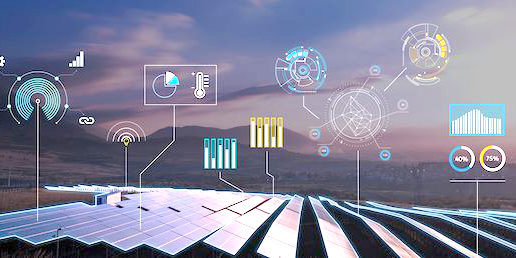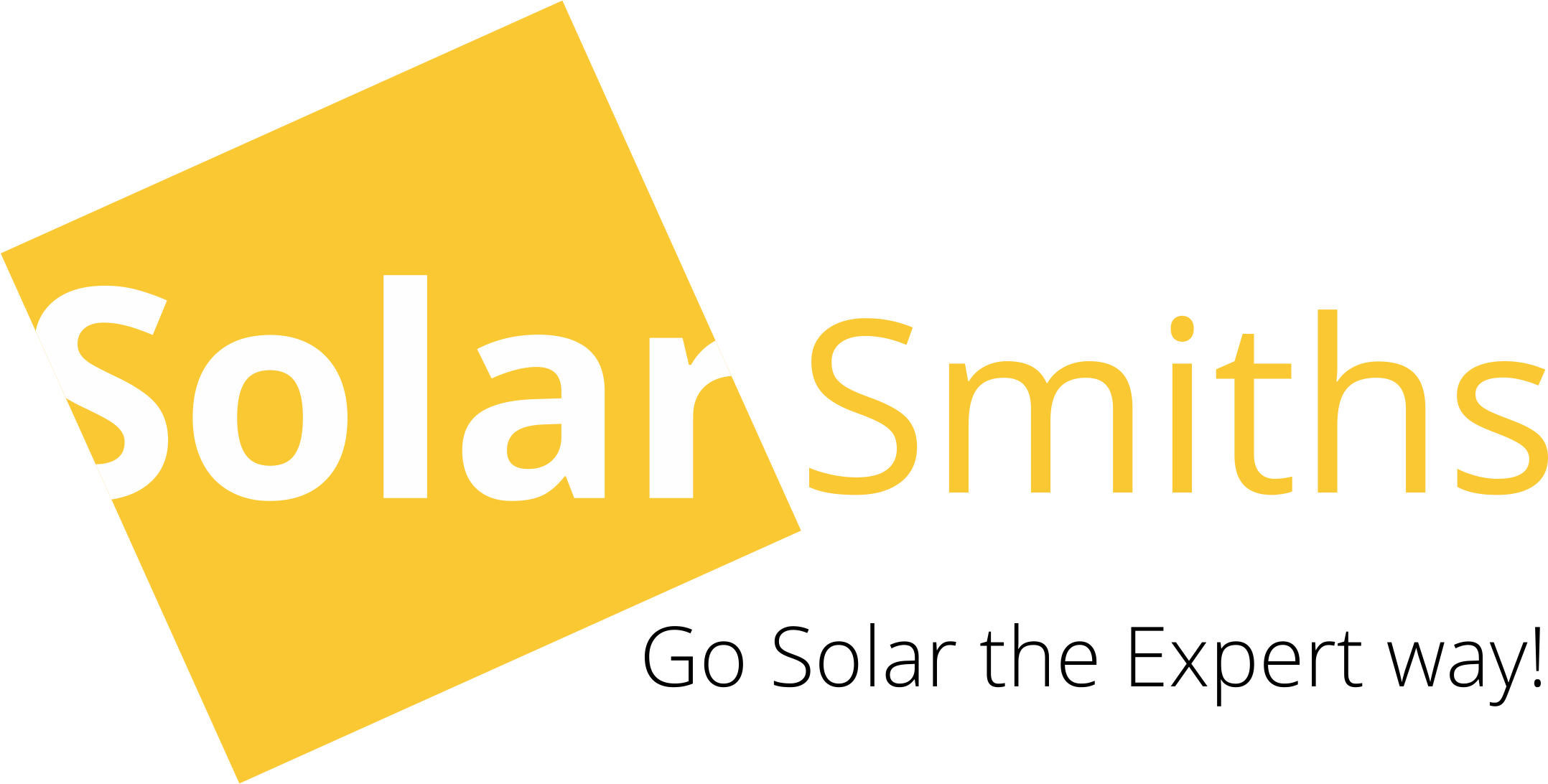We have now ended a great year, which leads to many unexpected things in our personal and professional life. COVID-19 disrupted life, and we had to face challenges and deal with the small and significant changes around us.
Start-ups and established companies are taking into its wrap this time lockdowns, installations and projects put on hold, or delayed tenders, the energy sector was no exception.
However, global pandemic also boosted creativity, technology, and digitization in the solar industry to utilize cost-effective, sustainable energy solutions. As more businesses adopt energy-efficient tools into their business model, the use of utility management software has provided a means to do so.
As in every industry, solar one has had its ups and downs, but still, it gains significant market-share from now until 2030.
![]()
![]()
![]()
![]()
![]()
![]()
![]()
![]()
![]()
To understand what to expect from 2021, let’s look at some global solar trends that will define the solar industry in the upcoming year.
1.Easy accessibility
As technology will get better in 2021, the efficiency of the solar power system will also increase. A single meeting can generate more electricity and that fewer panels will meet your energy goals.
More solar panels manufactured mean the process became more efficient, thus lowering the price.
Easy availability of solar energy devices such as wind turbines and panels is also becoming easier to obtain at lesser costs.
![]()
![]()
![]()
![]()
![]()
![]()
![]()
![]()
![]()
2.Digitalization and Artificial Intelligence
2021 will see widespread digitization at all solar power system levels, from production and infrastructure to end-user devices. Digitally controlled robots and drones, the renewable energy industry relies on inspections to maintain safety standards to power the world; it involves a great deal of time and human effort.
As new technologies continue to emerge to meet the growing needs in the solar energy industry, one trend to look forward is machine learning, such as through microgrid controllers and artificial intelligence.
The new software is further helping shape how businesses can implement AI and machine learning in technology for solar energy. Companies in this sector are leveraging AI to identify and track trends in energy generation and consumption.


![]()
![]()
![]()
![]()
![]()
![]()
![]()
![]()
![]()
3.Blockchain
Blockchain is a way of facilitating and recording energy transactions with mixed results. At the same time, the year 2021 will hold promises for energy customers to develop blockchain products based on technology in the existing regulatory environment.
It is a brilliant way to save energy in the future by reducing transaction cost, potentially facilitating automation, and developing new revenue for owners of distributed energy technology.
![]()
![]()
![]()
![]()
![]()
![]()
![]()
![]()
![]()
![]()
![]()
![]()
![]()
![]()
![]()
![]()
![]()
![]()
4.Grid parity
Grid parity is the circumstance which produces electricity from other alternative origins of energy like renewables costs more or less the same as the conventional sources.
Renewable energy sources can generate electricity at the rate similar or equal to thermal power generation. Soon renewable energy can become even more affordable than life from traditional sources, such as coal and gas, that emit tons of carbon dioxide (CO2) every year, contributing to global warming.
![]()
![]()
![]()
![]()
![]()
![]()
![]()
![]()
![]()
5.Climate change
Building large solar power plants requires excellent long-term investment, so understanding climate change impacts will aid financial planning, technology selection, and energy output projections.
Current and future solar power plants with MW and GW generation capacity represent a considerable investment in plant, infrastructure, and so likely understanding impacts from climate change will assist site choice, critical long-term energy output and financial calculations.
We have found that the general temporal trends in wind power generation and annual solar due to climate change are small.


![]()
![]()
![]()
![]()
![]()
![]()
![]()
![]()
![]()
As the solar sector continues to grow, you cannot underestimate the importance of the solar industry with more expectations in developments in 2021.
A renewable energy resource that is reliable and cheap is the way to go. And one of the most promising among the available alternatives is solar energy. Hence to experience its advantages in 2021 connect SolarSmiths now and get an opportunity to have a word with our solar experts.



